Zen Driving in Costa Rica (#2)
How fun it is to drive in Costa Rica with la pura vida
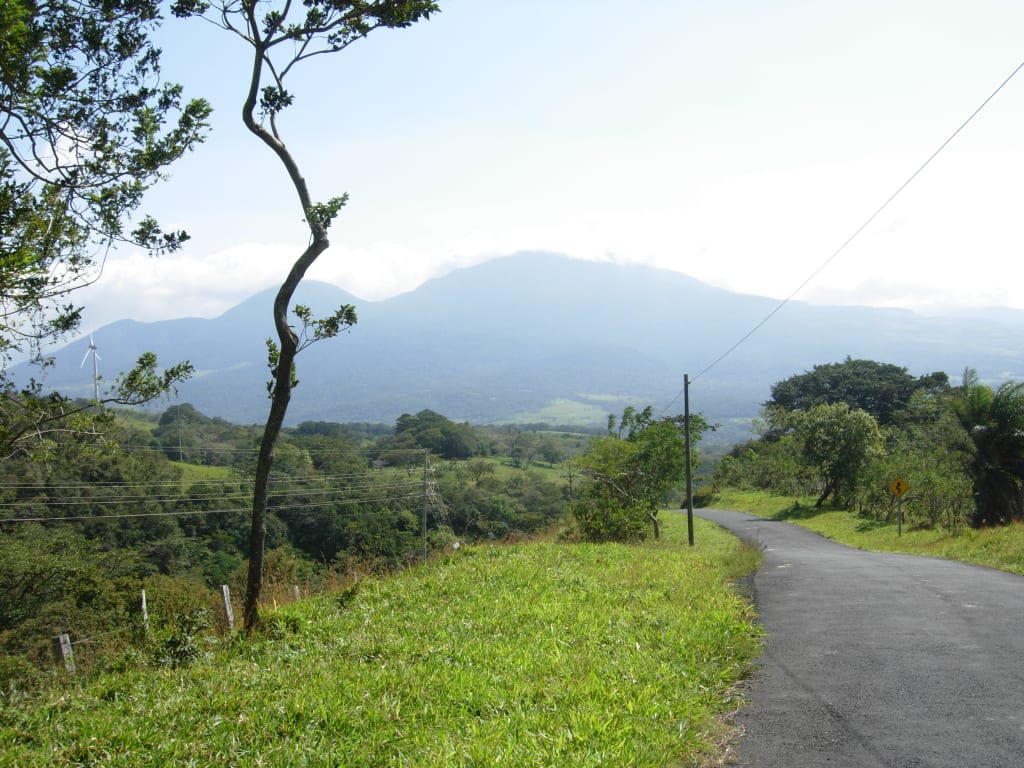
In my first article about our honeymoon in Costa Rica, I introduced the concept of la pura vida. Here, I provide an example of it by imparting some key details on driving along the streets of Costa Rica, in particular Guanacaste province. And yes, at the time of writing, Canadian driver's licenses were accepted - no special paperwork required.
Hindsight showed me that it was probably a great thing to have first hit the road after sunset. I mean, my attention would have been diverted from driving to enjoying scenery like this:

Okay, okay, it wasn't all sunshine. Well, actually it was. My point is - - well, let me start with number one. Highway 1. It's the best road in the entire country and it's basically a highway by Canadian standards. Sure, off-ramps can be either on the right or on the left. No need for huge loop-dee-loops and bridges when a dedicated left turn lane and reduced speed limits around them suffice - and they do.
Roundabouts on this highway are uncommon, but there is one I recommend using if you want to head south from the town of Liberia via route 21. If you are heading west into town on highway 1, don't take the Liberia exit, keep going to the roundabout instead. (Yes, the highway goes into a roundabout before continuing on.) By effectively doing a U-turn at that roundabout and taking the first off-ramp, you will effectively avoid two traffic lights and the accompanying traffic. Here are the steps:
- Head west on highway 1 to the roundabout;
- do a U-turn at the roundabout;
- take the first off-ramp as soon as you steer away from the roundabout (staying in the right-most lane when getting back on highway 1 will put you in the off ramp, which is what you want);
- go straight through the first traffic light;
- at the next traffic light, turn right onto route 21.
Doing this will take you to the international airport or a bunch of beaches (which I will write about later) while avoiding traffic under highway 1. If any of you are asking, yes, we discovered this by mistake when we zipped past the Liberia exit on highway 1. It ended up saving us time and we learned that highways can have roundabouts!

To be honest, driving on highway 1 felt like driving on any other highway, just at a reduced speed (max 90 km/hour). The fast lane is definitely reserved for speed demons, so use it sparingly when you really need/want to pass someone.
We only stayed on highway 1 for probably less than half an hour before we headed north on route 164. The second we from the highway into the town of Bagaces we immediately realized we were in Latin America. The types of cars, people walking around, party lights, cars parked on both sides of the road.... In fact, the cars parked on any given side of the road could be facing in either direction!! Just pick a spot on either side of the road, regardless of where you are coming from; fairly practical if you think about it....
Although the speed limits are low, you won't notice because you will need to be constantly on the lookout for pedestrians, parked cars that are going to start moving, stray animals, oncoming vehicles ( being reduced to one lane due to all the parked cars), and vehicles approaching intersections from the left or right (relative to you). Stop signs don't indicate which of the other lanes need to stop and many are literally all white from all the rain, but at least stop signs are the same shape as in Canada!
Ok. So we made it out of Bagaces alive. Country roads the rest of the way, right? Yes. One lane going in one direction and the other lane going in the other direction with a painted line five inches thick being the only amount of space between your car and the car in the other lane. On top of that, there are no shoulders! The very edge of the road was either immediate foliage taller than an adult or a ditch that would have required a tow truck to get out of (assuming it wasn't a mountain ledge).
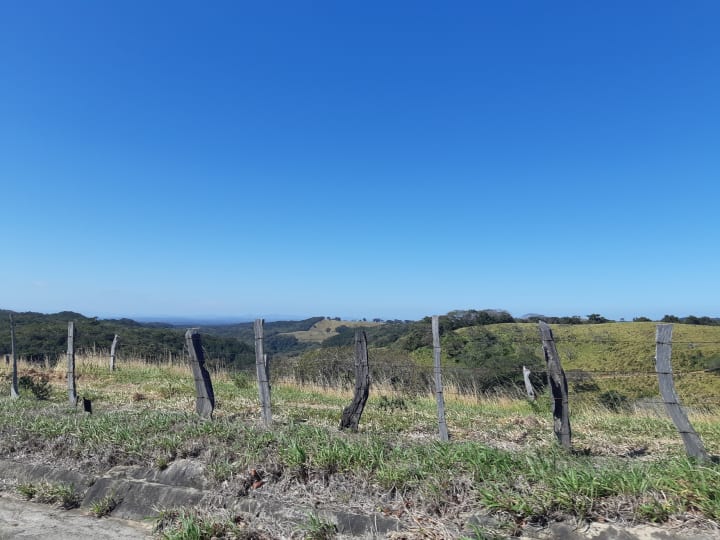
The posted limit on route 164 never exceeded 60 km/hour, but your first time driving at night will not see you come close to that. Maybe on straight-aways, but that's it. Route 164 is fairly windy with potholes infrequent and small enough that you can dodge easily. One thing you can't dodge are speed bumps, which are located at the beginning and end of just about every school zone. While the speed bumps are nearly invisible, signs for school zones are well maintained, so consider this your early warning (which I am sure you will forget and the first invisible speed bump you hit will serve as your second reminder).
Driving on route 164 is perfectly fine. We drove it at least twice every day. It's ok, but you need concentration. Route 165 is nicer with wider lanes because of the electricity infrastructure they have to maintain, although traffic was nearly non-existent.
(Sadly we did not take a photo of any of the four iguanas on the road as they moved out of the way faster than we could pick our jaws up off the floor and grab a camera.)
Day-time driving requires a different focussed concentration. Yes, there is light everywhere, but that means you can be distracted by the beautiful scenery. How is that a problem? Narrow lanes, check. No shoulders, check. But then there are cows and iguanas that want to cross the street. Also, dogs like to sunbathe in the middle of the road. My wife even mistook one as roadkill until it heard us approaching, woke up, and leisurely strolled off the road (undoubtedly wondering why we woke him up)!

None of these animals are on the road at night, thankfully!
The other creature that lives right off of roads are humans. Be it highway 1, routes, or off-road paths, people build their houses close to the road, much closer than in Canada or the USA. Being from the cold north, I found myself in a dream where people's living rooms (tables, sofas, and all) were outside in a covered area (kind of like a huge veranda). Now that's what I am talking about, eh!
All of that said, there is a price to pay when driving in a country that gets rain nine months of the year and that is potholes. Even if you have driven in Gatineau, you don't know what potholes are until you come to Costa Rica. One example is the road that delightfully connects route 165 with route 6 (between la Fortuna and Rio Chiquito/Cuipilapa). It only looks delightful on maps and there are no restaurants or gas stations on this 7km stretch.
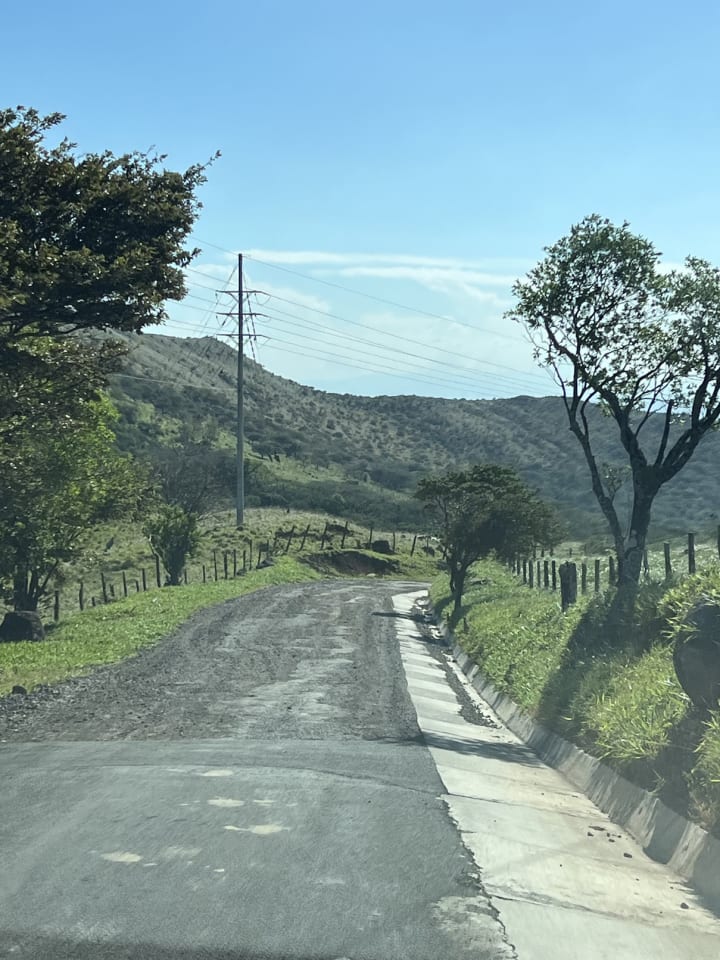
You do end up even higher in the mountains, so the roads are both windy and very steep in a few places. Some twisty inclines/declines need SUV strength. That said, you will drive over a nicely paved section of a few hundred meters only every once in a while. I often wondered how the engineers picked which sections to pave as I couldn't figure out the logic. Anyway, half of the route is potholes, many of which could swallow sedans. One nice thing on this stretch is traffic is super light. No trucks or buses. Great views abound making the drive a great round-trip, so do pull over and enjoy the view when a shoulder presents itself.
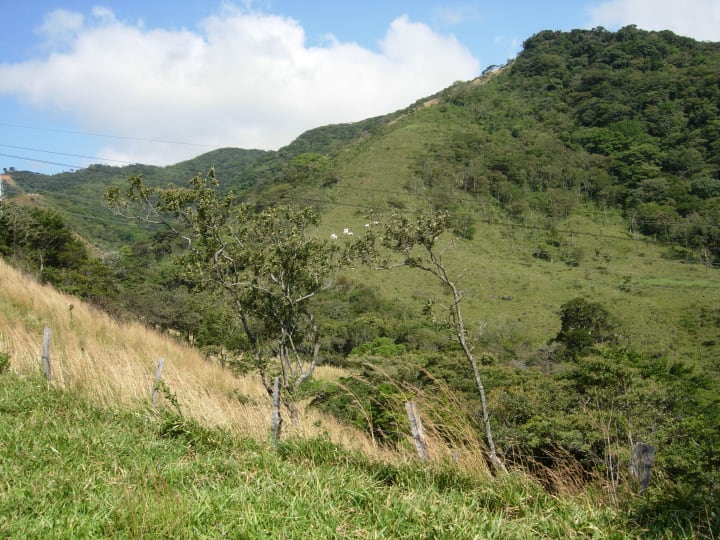
My wife and I both enjoyed driving this stretch (she drove out and I drove coming back) and I recommend it at least once in the dry season. In short, an SUV is an absolute necessity and those 7km will take 30 minutes to drive.
Oh, when renting a vehicle, do get two things. One, factor in the mandatory types of insurance you are legally required to have that are seldom included in the base price. The other is opt for wifi as opposed to GPS. The device is smaller than your smartphone and charges via USB. So worth it!!
Now, if there is one thing that is misleading on maps it is one particular stretch of road, the northern part of route 164 from Aguas Claras all the way up to route 4. Route 4 is fine. Route 164 up to Aguas Claras is fine. Between them is the worst stretch of road I have ever seen in my life. Consider it completely off road with big rocks sticking out all over the place in addition to potholes literally everywhere. It will take hours to do that stretch and will test the hardiest SUV out there along with most drivers. Not fun, nothing to see, not worth the wear and tear on the vehicle, and the homes were largely shabby, if they were visible at all.
My reflections on driving in Costa Rica were threefold. One, gas prices are similar to those in Canada (about 65 USD to fill up the tank of our SUV). Two, Petro Canada operates here, but those are for specialized mechanic shops, not gas stations. Three, la pura vida.
Although coffee does abound in Costa Rica, first-time drivers won't need any. This is the 'pura' part. You will be naturally pulled into alertness when driving in Costa Rica in a way you will notice everything on your drive, making it both safe and pleasurable. Do you remember your driving instructor saying roads are as safe as other drivers? Well, if everyone is pulled into that alertness, it should come as no surprise that we saw only three accidents and they were all between Liberia and the nearby airport. It's a super-busy stretch of well-paved road where people are in a hurry, turning every which way, and operate outside of that alertness. Combine that with narrow lanes and nature on the shoulders...well, going fast or being under the influence of something will see your vehicle in a very weird position you will only find in memes. Yes, I admit that accidents on that road did look weird.
So where does the 'vida' part of la pura vida come in with respect to driving, you ask? Getting from A to B, seeing the things that pass you by, succeeding with overcoming every pothole (or pairs of them or groups of them), the fantastic tropical views everywhere, comparing houses, different animals, conversations.... You will be deep in the moment the entire drive and any little bit of acknowledgement of that fact will have you immediately soaking in the whole experience and making the most of it by enjoying Costa Rican roads and arriving safely every time.
In my next article, I will tell you where we stayed at the end of our first drive (of over an hour) and what it was like nestled comfortably between two active, quiet volcanos. Continue the journey here.
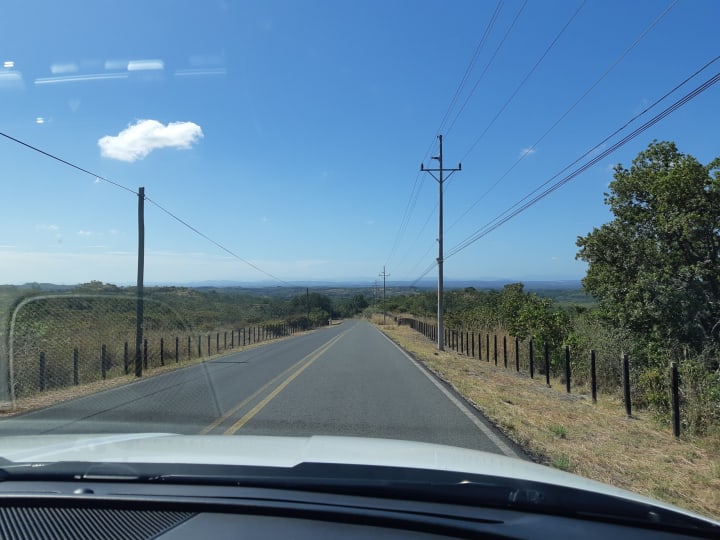
To check out articles I have written on Vocal Media on this and other topics, click here.
About the Creator
Richard Soulliere
Bursting with ideas, honing them to peek your interest.
Enjoyes blending non-fiction into whatever I am writing.






Comments
There are no comments for this story
Be the first to respond and start the conversation.